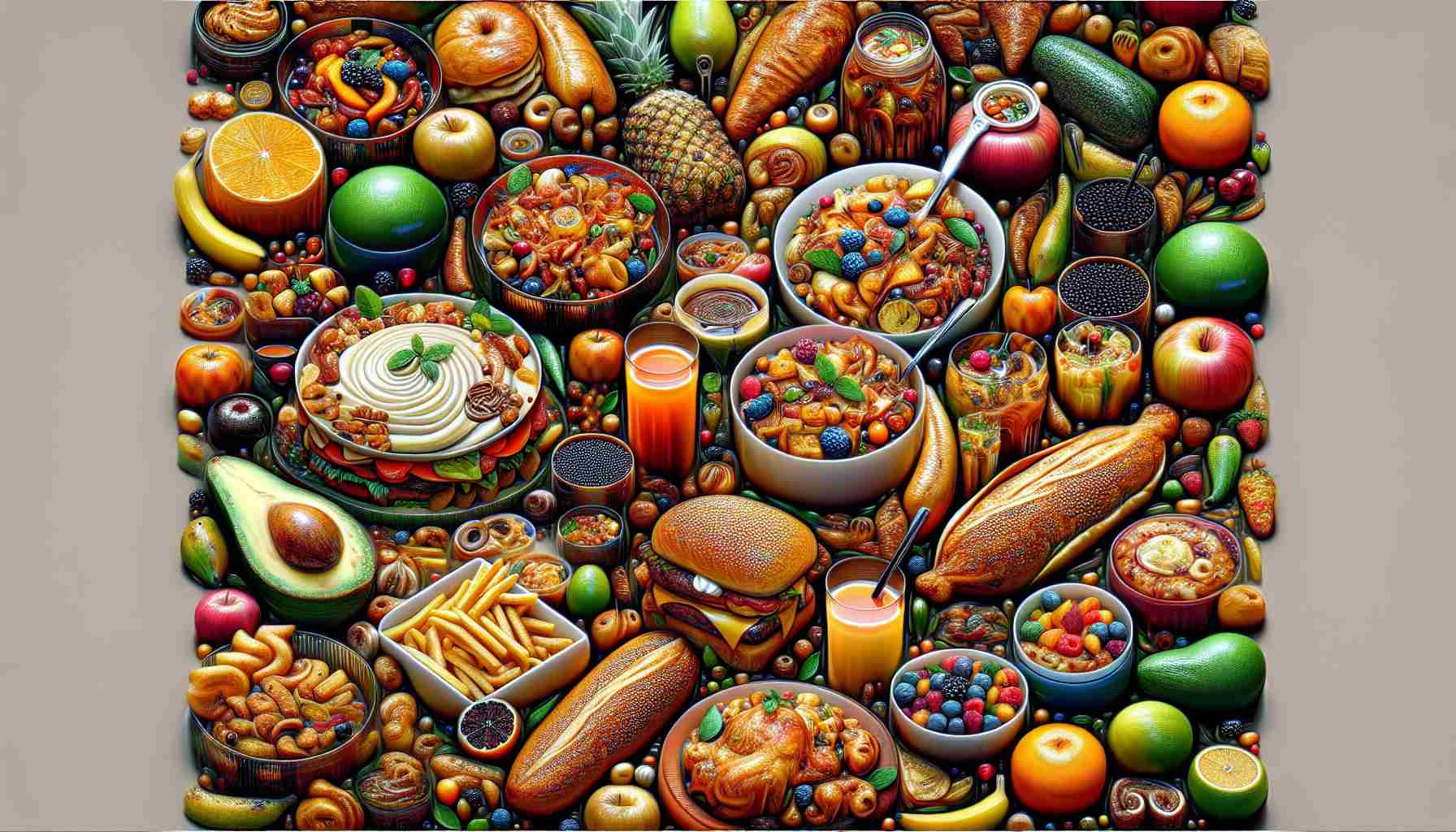Artificial Intelligence (AI) has revolutionized many industries, including photography. While manipulated images have sparked concern, a recent study from the University of Oxford and the University of Naples Federico II reveals an intriguing finding: people find AI-generated food photos more appealing than real ones.
The researchers used a combination of DALL-E 3 and ChatGPT 4, AI models, to create the images for their study. They uploaded original photos of a variety of foods, ranging from natural to ultra-processed, and asked participants to rate the images on their appetizing appeal. The results showed that participants preferred the AI-generated food photos, especially when they were unaware of the image’s origin. However, disclosing that an image was genuine significantly increased its appeal.
Perception of food photos is influenced by various factors, such as glossiness, lighting, shape, and symmetry. AI-generated images excel in these areas, which could explain why participants found them more tempting. The researchers speculate that the positioning of the food in the frame plays a role as well. AI often avoids directly pointing objects towards the viewer, which humans tend to interpret as threatening. This subtle adjustment might enhance the attractiveness of the depicted food.
While AI-generated food images may be visually appealing, there are potential drawbacks to consider. Unrealistic representations could create false expectations of how fruits and vegetables should look, undermining efforts to reduce food waste by embracing “ugly” produce. Furthermore, the AI-generated photos tend to showcase higher-calorie foods in larger portions. This preference for energy-dense foods aligns with human biology and brain reward responses to fatty and sugary items. If the food industry were to rely heavily on AI-generated images, it could potentially promote the consumption of higher-calorie foods.
The debate surrounding AI-generated images continues, as the technology expands and becomes more advanced. It is essential to understand both the advantages and potential drawbacks of AI in domains such as photography and its impact on human perception and behavior.
FAQs
1. What is DALL-E?
DALL-E is an AI model developed by OpenAI that generates images from textual descriptions.
2. What is ChatGPT?
ChatGPT is a language model created by OpenAI that can engage in conversational dialogue.
3. How did the researchers conduct the study?
The researchers used DALL-E integrated with ChatGPT to generate food photos. They asked participants to rate the images based on their appetizing appeal.
4. Why do people find AI-generated food photos more appealing?
AI-generated images excel in visual attributes that humans find attractive, such as glossiness, lighting, and symmetry. The positioning of the food in the frame also plays a role in enhancing the perceived attractiveness.
5. Are there any potential drawbacks to AI-generated food photos?
Unrealistic representations could create false expectations of how fruits and vegetables should look. Additionally, AI-generated photos often showcase higher-calorie foods, which could promote the consumption of such foods.
Sources:
- [link] University of Oxford
- [link] University of Naples Federico II
Artificial Intelligence (AI) has had a significant impact on various industries, including photography. The application of AI in generating images has become increasingly popular. While manipulated images have generated concern, a study from the University of Oxford and the University of Naples Federico II has found that people actually find AI-generated food photos more appealing than real ones.
The researchers utilized a combination of AI models, specifically DALL-E 3 and ChatGPT 4, to create the images for their study. They provided the AI models with original photos of different types of food and asked participants to rate the images based on their appetizing appeal. Surprisingly, the results showed that participants preferred the AI-generated food photos, particularly when they were unaware of the image’s origin. Additionally, the disclosure that an image was genuine significantly increased its appeal.
The appeal of AI-generated food photos can be attributed to various factors. These factors include the AI models’ ability to excel in attributes that humans find visually attractive, such as glossiness, lighting, shape, symmetry, and the positioning of the food in the frame. It is interesting to note that AI models often avoid directly pointing objects towards the viewer, which humans interpret as threatening. This subtle adjustment could potentially enhance the attractiveness of the depicted food.
Despite the visual appeal of AI-generated food images, it is crucial to consider the potential drawbacks associated with them. One concern is that these unrealistic representations could create false expectations of how fruits and vegetables should look. This could undermine efforts to reduce food waste by promoting the acceptance of “ugly” produce. Additionally, AI-generated photos tend to showcase higher-calorie foods in larger portions. This preference for energy-dense foods resonates with human biology and the brain’s reward responses to fatty and sugary items. If the food industry heavily relies on AI-generated images, it could potentially promote the consumption of higher-calorie foods.
As the technology behind AI-generated images continues to advance, the debate surrounding their usage persists. It is essential to understand both the advantages and potential drawbacks of AI in domains such as photography, as well as its impact on human perception and behavior.
Sources:
– University of Oxford
– University of Naples Federico II
The source of the article is from the blog publicsectortravel.org.uk

